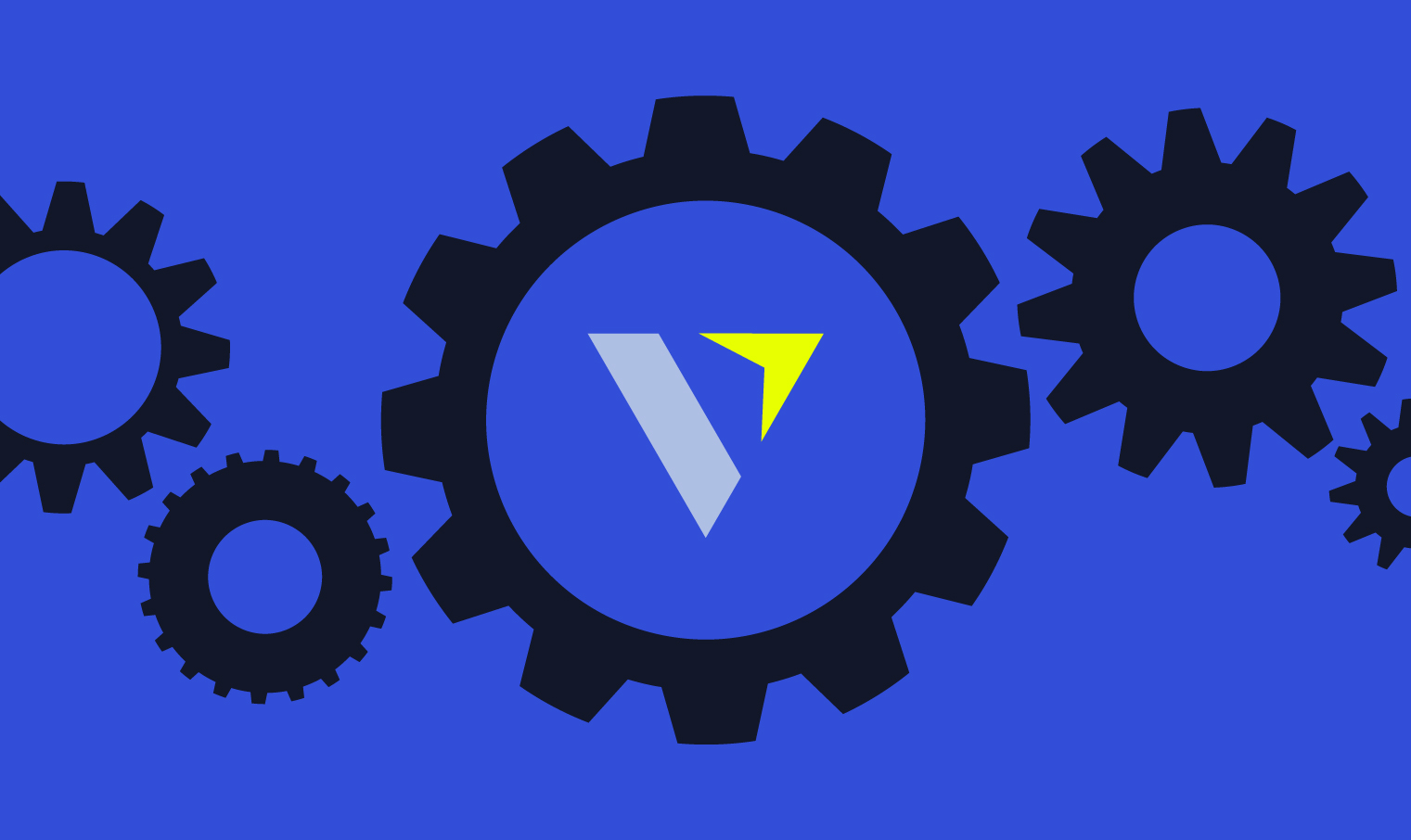Generative AI (GenAI) has taken center stage in enterprise innovation. But the difference between a flashy demo and a reliable product often comes down to one thing: MLOps.
Many engineering teams rush to deploy large language models (LLMs) or diffusion frameworks without thinking through reproducibility, deployment cycles, or operational scaling. The result? Bloated infrastructure, shadow pipelines, and brittle model management.
This article breaks down how high-performing teams use MLOps to transition from experimentation to production with confidence – and how our Build (MDO) program at VeUP supports this evolution.
Environment: Tools & Stack Snapshot
Cloud Provider: AWS
ML Frameworks: PyTorch, HuggingFace Transformers
Deployment Platform: Amazon SageMaker, ECS
Pipeline Orchestration: AWS Step Functions, Airflow
Monitoring: Prometheus, AWS CloudWatch, SageMaker Model Monitor Version Control: DVC, GitHub
Storage: S3, EFS
CI/CD: CodePipeline, CodeBuild, GitHub Actions
MLOps in Action for GenAI
Model Development & Experiment Tracking
– Use SageMaker Studio or local Jupyter environments for LLM fine-tuning. Track experiments with MLflow or DVC metadata tracking.
Pipeline Versioning & Reproducibility
– Use DVC to track datasets, scripts, and model artefacts.
– Store all intermediate outputs in S3 buckets, versioned by Git tags.
The Role of MLOps in GenAI Success Stories
Model Evaluation & Monitoring
– Automate evaluation metrics post-training (BLEU, perplexity, latency).
– Store metrics in CloudWatch dashboards and trigger alarms on degradation.
CI/CD for Model Deployment
– Deploy models to SageMaker endpoints using CodePipeline.
– Use blue/green deployment strategy for zero-downtime upgrades.
Runtime Monitoring & Feedback Loops
– Track real-time model drift using SageMaker Model Monitor. Log user interactions for RLHF pipelines.
Security & Compliance
– Implement IAM for role-based access.
– Use KMS and TLS for encryption and CloudTrail for audit logging.
Lessons Learned
Performance vs Cost Trade-offs: Running inference on ECS with autoscaling based on token throughput reduced cost by approximately 40 percent.
Monitoring is Non-Negotiable: Real-time monitoring detected a prompt injection vulnerability within 48 hours. Version Everything: The DVC and Git setup ensured seamless rollbacks when deploying buggy models. CI/CD Simplifies DevEx: SageMaker deployment pipelines reduced manual errors and sped up iteration cycles.
Where VeUP Comes In
Architecting this type of infrastructure takes time, deep AWS knowledge, and constant iteration. At VeUP, we help engineering teams:
– Design scalable, secure MLOps pipelines
– Optimize AWS resources for LLM workflows
– Implement CI/CD and automated monitoring practices, achieving cost-efficiency without compromising performance
Our Build (MDO) program is purpose-built for teams deploying GenAI at scale who need a technical partner to accelerate the infrastructure lift.
Want to see what this stack could look like in your organization?
Book a free 1:1 roadmap session with our AWS Solution Architects.
We’ll walk you through a tailored GenAI infrastructure blueprint – no fluff, just signal.

